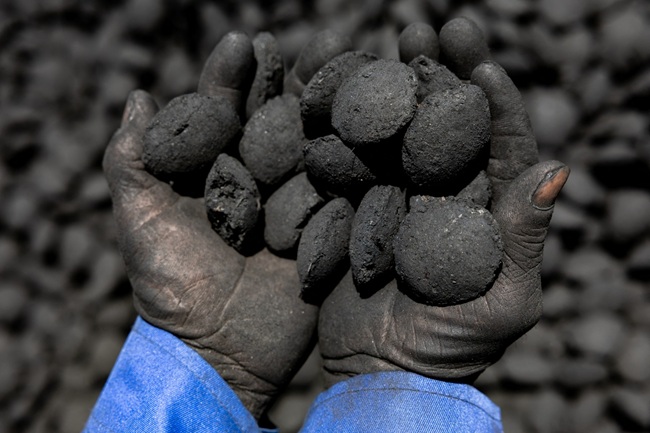Colombia’s coal exports have plummeted by almost half in July compared to the same month last year, according to official figures released Wednesday. The significant decline is attributed to a global price crisis and the recent ban on coal sales to Israel imposed by President Gustavo Petro.
As Latin America’s leading coal producer, Colombia’s coal sector has been experiencing a downturn for five consecutive quarters. The country’s coal exports dropped to $479.8 million in July, a 45.8% decrease from the $885.8 million recorded in July 2024, as reported by the National Administrative Department of Statistics. Local mining unions point to increased production in Indonesia as a major factor contributing to the decline in global coal prices.
President Petro’s ban on coal exports to Israel, issued in protest against the country’s actions in Gaza, has also impacted the industry. Colombia was previously Israel’s primary coal supplier. In addition to the ban, Petro has introduced higher taxes on coal as part of a broader effort to transition the country towards renewable energy sources.
Since taking office in 2022, Petro has halted several mining projects, opting to promote agriculture and tourism as alternative sectors for the approximately 350,000 people employed in mineral exploration. However, miners have expressed concerns about potential job losses, and towns reliant on the industry are feeling the effects. Jorge Noriega, a 60-year-old coal mine worker in Tausa, noted that “the government wants to end mining, but they don’t think about us.”
El Cerrejon, Colombia’s largest coal mine operated by Glencore, announced in March that it would reduce production by 50% due to high operating costs. The decline in coal exports and the challenges facing the industry have significant implications for Colombia’s economy and the livelihoods of those dependent on the sector. As the country navigates this transition, it remains to be seen how the government will balance its sustainability goals with the need to support workers and communities affected by the coal industry’s downturn.
